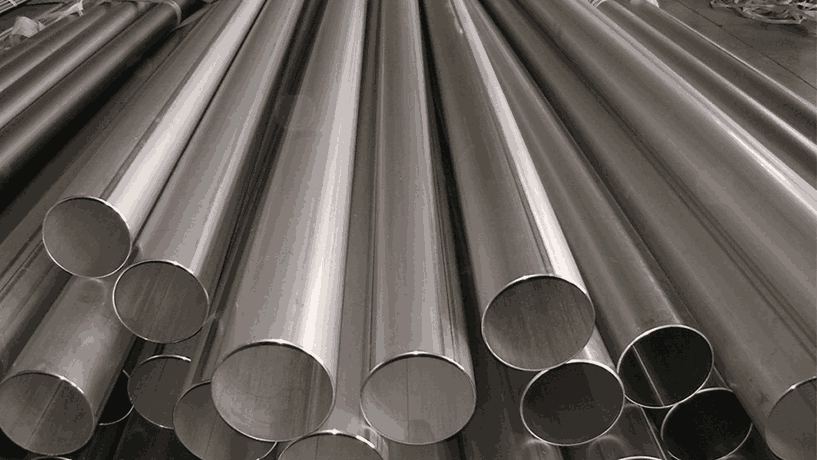What are Inconel and Monel?
Both Inconel and Monel are alloys that include nickel. Moreover, they also incorporate other elements as their secondary alloy in addition to nickel as their primary alloy. For instance, between 30% and 40% of the weight of Monel alloys are compose of copper. While the secondary alloy in Inconel alloys is chromium. When compare to Inconel alloy, which contains nickel and is a high-performance kind, Monel ranks as a mid-performance alloy.
Because of their exceptional resistance to corrosion and their capacity to outperform many standard alloys at high temperatures, some Inconel alloys are also referred to as superalloys. In contrast to Inconel, which is an austenitic superalloy, Monel 400 Tubes is a binary solid-solution metal. The mechanical properties of Inconel 718 Pipes and Tubes are very diverse, making them appropriate for use in both low- and high-temperature environments. It is frequently employe in jet engines, pipelines, turbines, and cryogenic storage tanks.
Difference between Inconel and Monel Tubing:
Price: Inconel tubing is very expensive as compare to Monel tubing in pricing. The metal is pricey due to the alloy’s high nickel and chromium concentration. Both alloys are significantly more expensive than stainless steel alloys because they include nickel. However, because nickel is a commodity metal and the market is generally volatile, they are pricey. Additionally, some Inconel tubing would cost more than some Monel tubing since some Inconel tubing consists of a higher nickel concentration comparatively.
Nickel content: There are numerous grades that come under each of the two types of alloys. Their grading was determined by the variations in their chemical makeup. Having said that, the nickel concentration in Inconel tubing ranges from 44.2% to more than 72%. However, the composition would change if nickel was added. For instance, grade 617 includes nickel between 44.2% and 61% while Inconel 600 contains more than 72% nickel. Monel tubing, on the other hand, has nickel contents that vary from 52% to 67%, which is another reason why they are less expensive than Inconel.
Corrosion: Despite the great corrosion resistance of both tubing, Monel’s copper component gives it superior resistance to seawater or salt sprays. Inconel tubing can withstand seawater as well, although they are too expensive to be utilize in marine engineering applications. However, Inconel tubing’s able to resist high temperatures, whereas Monel tubing is not capable of doing because of its higher nickel concentration. Monel grades can only tolerate a certain amount of heat. Monel 400 tubes is useful in situations with hydrofluoric and sulfuric acids in addition to marine environments. They are also capable of withstanding stronger acids and alkalies. Inconel tubing are excellent at deflecting oxidation-based corrosion.
Temperature: Most Inconel’s perform effectively at increase temperatures that range between 1200° F and roughly 2200° F, which is about twice that of Monel tubing, due to a higher amount of nickel in their alloys.
Hardness: Monel has much lesser hardness as compared to Inconel tubing.
Yield Strength: Compared to Inconel alloys, Monel tubing has a lower yield strength.


